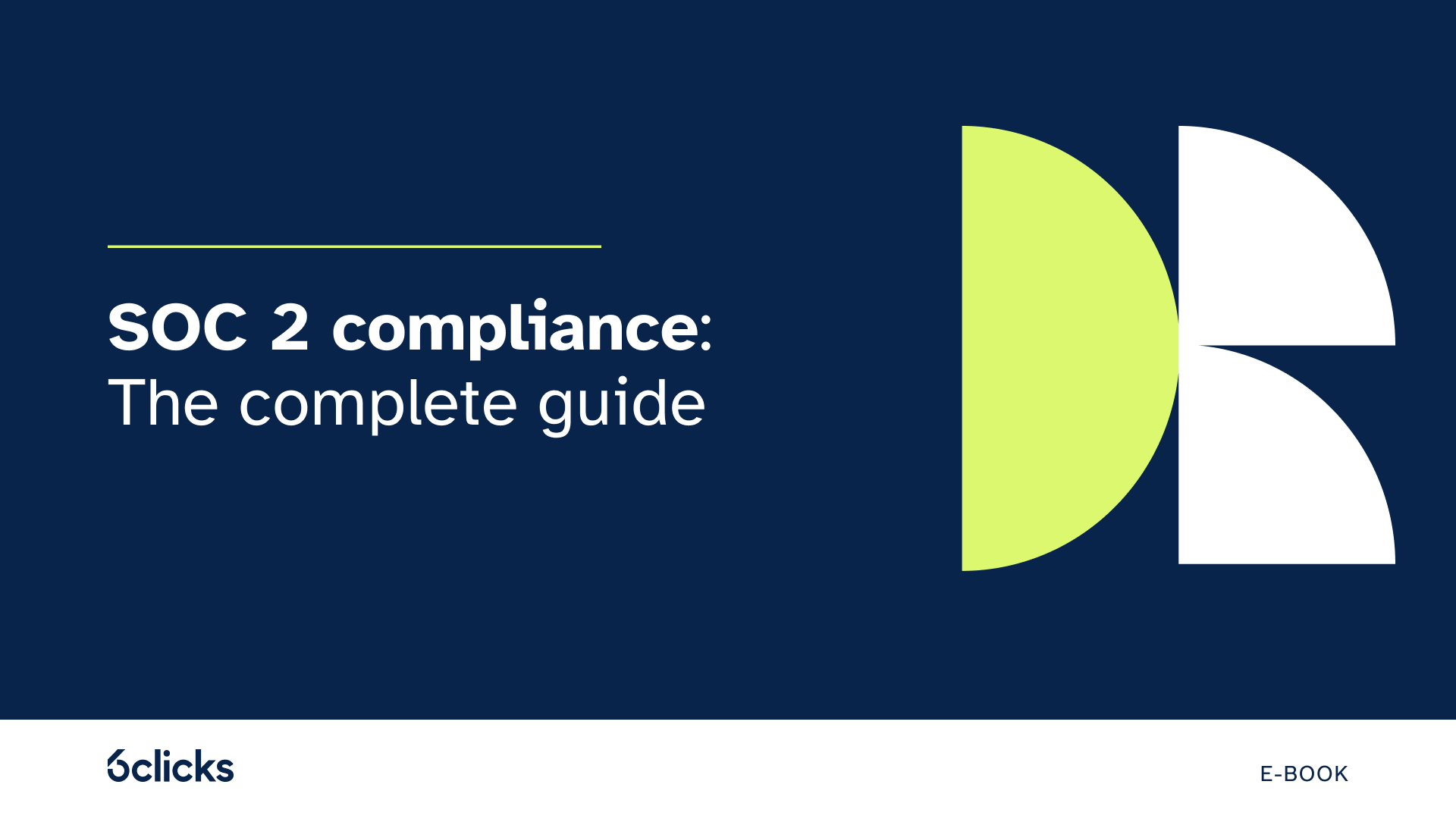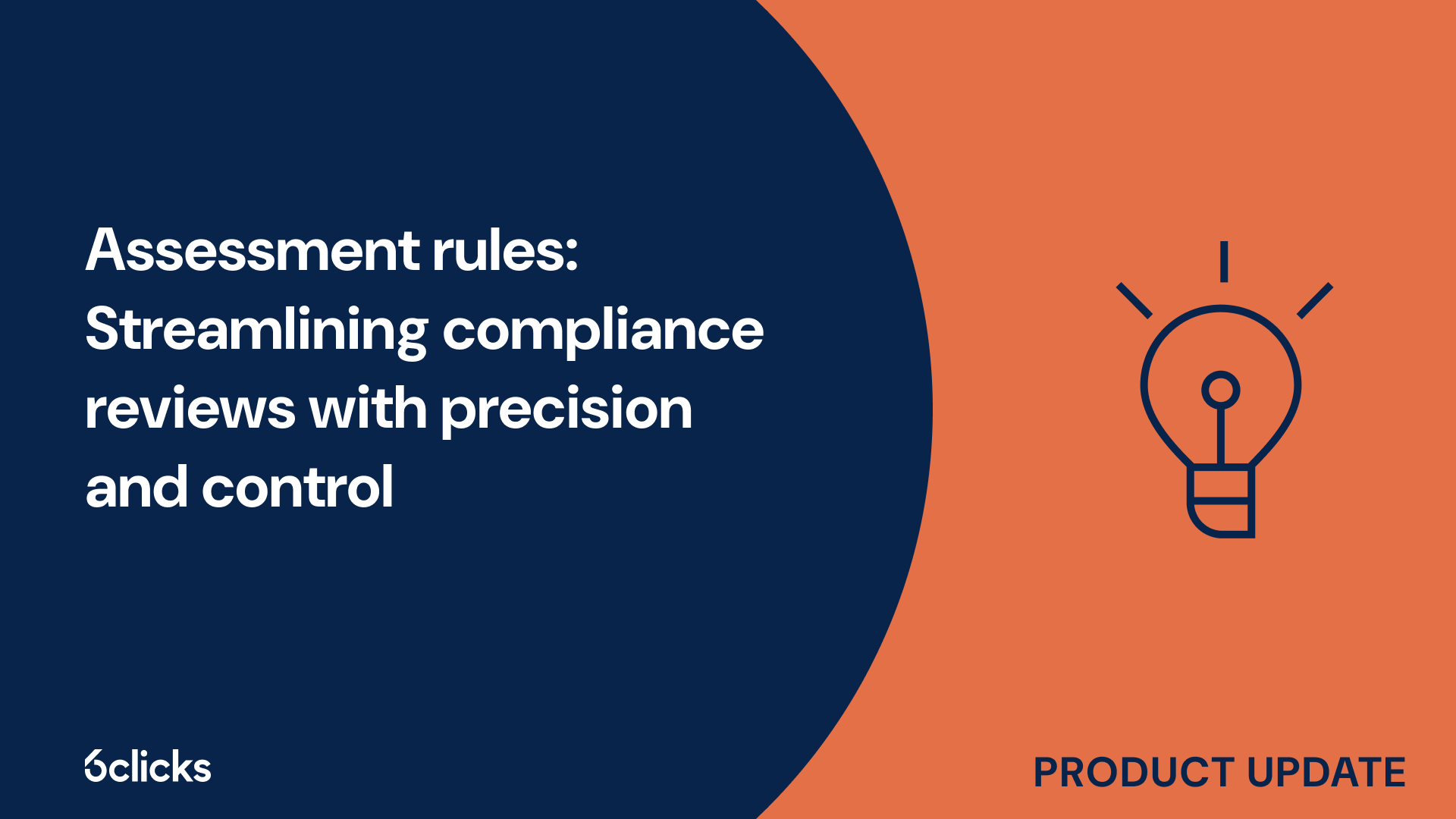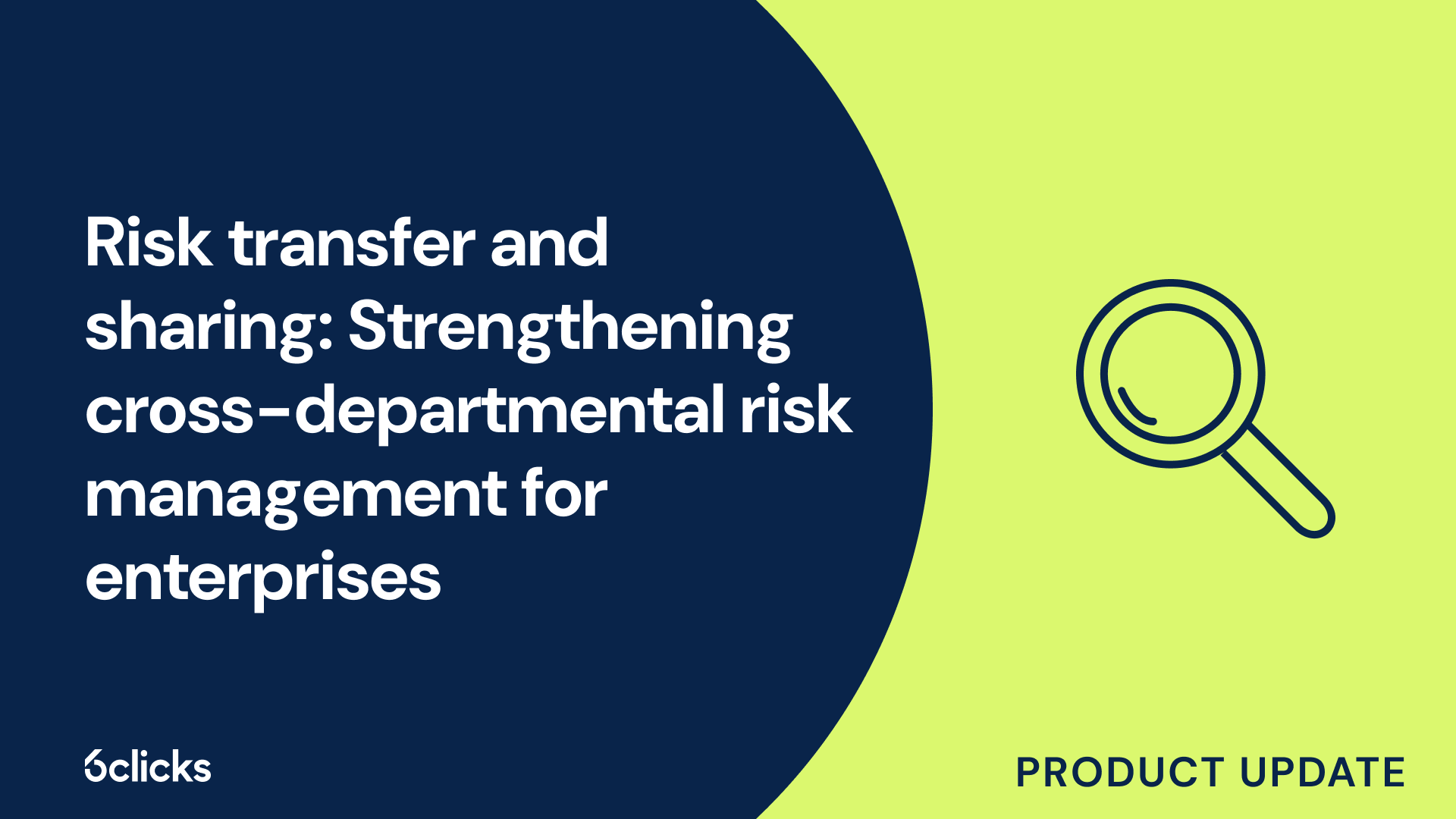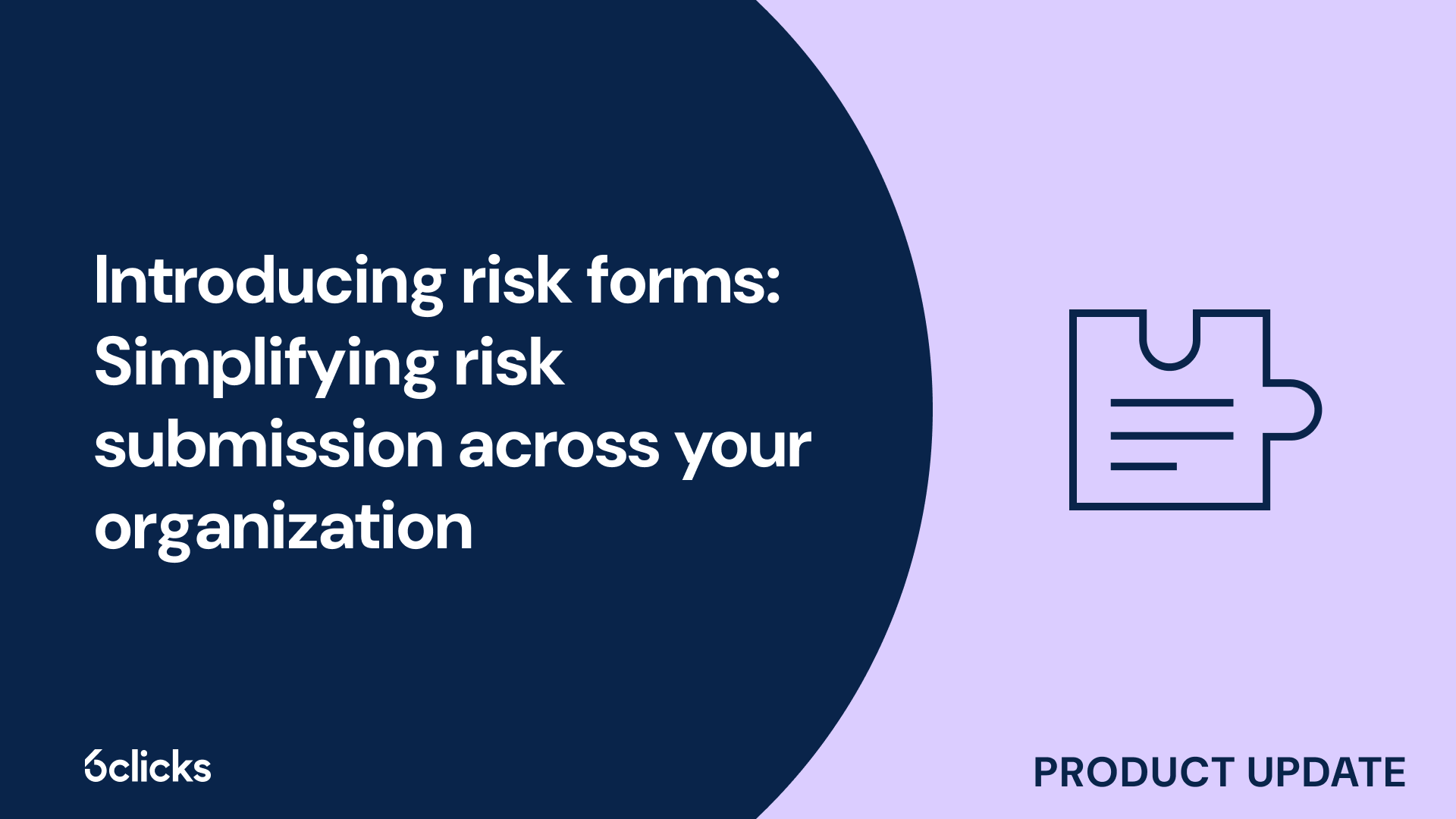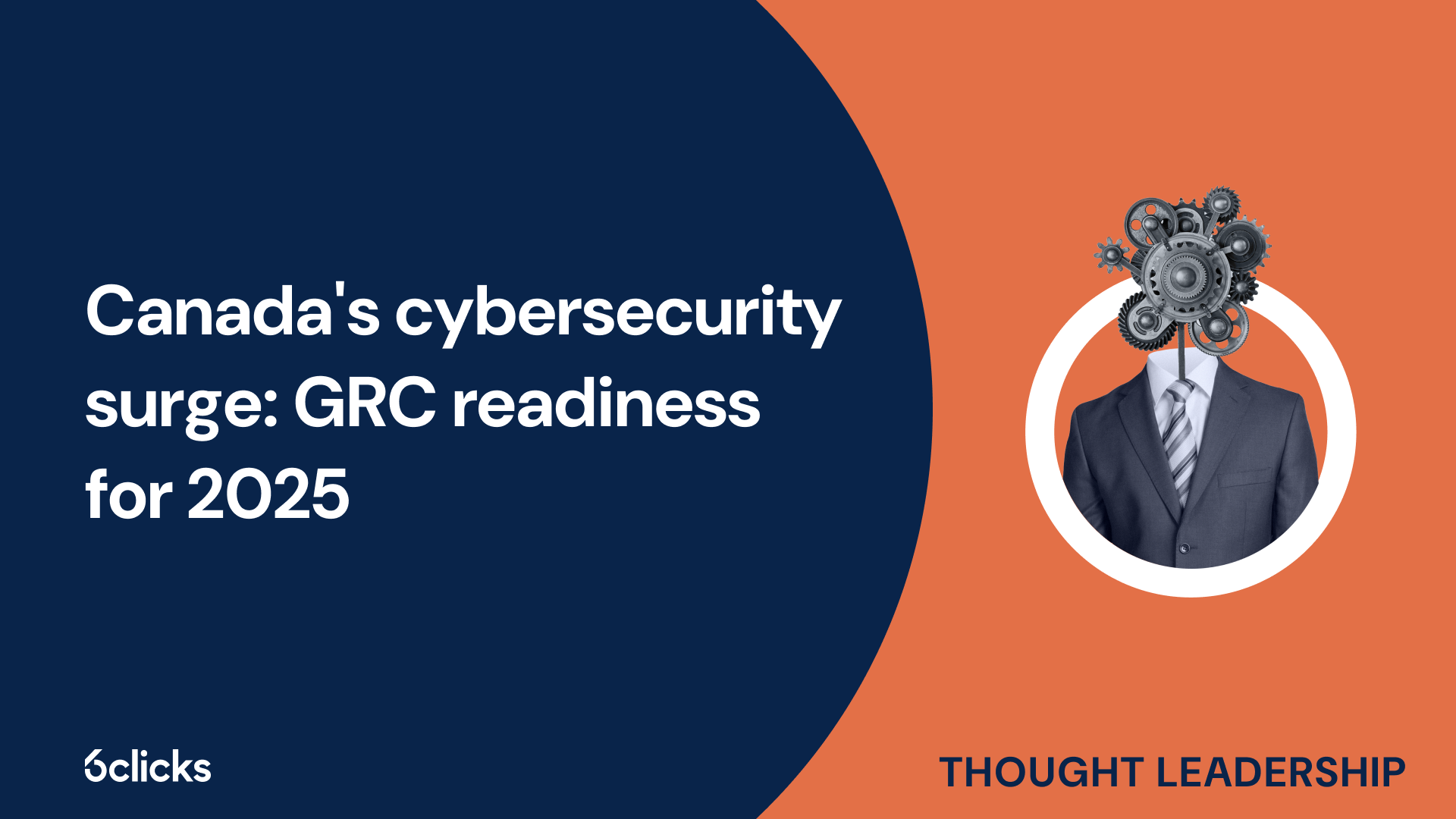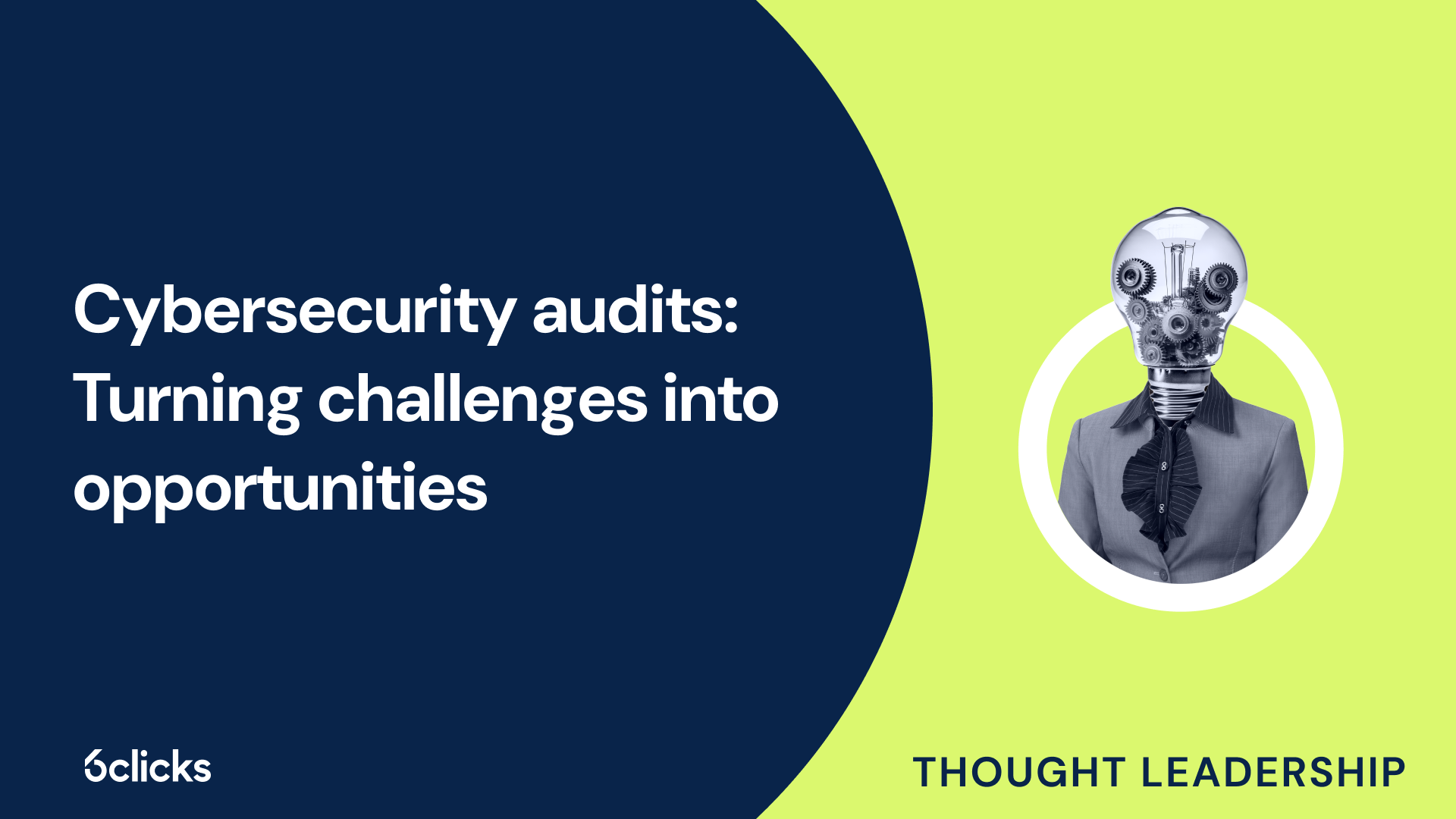Mastering the cybersecurity domain in 2025
Discover how to future-proof your organization’s cybersecurity in 2025. This free guide from 6clicks explores core security domains, regulatory frameworks, and how to integrate GRC for scalable, resilient, and audit-ready programs. Essential reading for CISOs, risk managers, and compliance leaders.
-1.png?width=200&height=249&name=Group%20193%20(1)-1.png)
Mastering the cybersecurity domain in 2025
Why is threat hunting becoming critical in modern cybersecurity?
TL;DR: Threat hunting is essential for proactively detecting advanced, stealthy attacks that evade traditional security tools—strengthening incident response, minimizing dwell time, and improving cyber resilience.
According to the 6clicks expert guide Mastering the Cybersecurity Domain in 2025, threat hunting has become a vital part of modern cybersecurity operations. Unlike reactive monitoring, threat hunting involves actively searching for indicators of compromise (IOCs) and suspicious behavior that may not trigger automated alerts.
With the rise of sophisticated attackers—such as nation-state actors and supply chain intrusions—relying solely on traditional tools like SIEMs and antivirus is no longer sufficient.
What threat hunting includes:
-
Hypothesis-driven investigation
Analysts use threat intelligence and internal knowledge to form and test hypotheses about potential compromise. -
TTP-based detection
Focus on attacker techniques, tactics, and procedures (TTPs) rather than just signatures or known malware. -
Use of advanced analytics
Leverages behavioral analysis, anomaly detection, and machine learning to find subtle indicators of threats. -
Threat intelligence integration
Enriches internal data with real-time global threat feeds for greater situational awareness. -
Feedback loops into security operations
Hunting results feed back into detection rules, playbooks, and SOC workflows to continually improve response.
Why it’s critical in 2025
-
Adversaries are stealthier: They use fileless malware, living-off-the-land techniques, and zero-day exploits.
-
Dwell time is shrinking: Early detection is key to containing breaches before data is exfiltrated or systems are disrupted.
-
SOC fatigue is real: Threat hunting complements automation by focusing expert attention on high-priority risks.
Threat hunting aligns most closely with the security operations domain but also intersects with IAM, asset security, and assessment/testing—making it a cross-domain force multiplier.
Want to shift from reactive defense to proactive threat hunting?
Book a demo with 6clicks today to see how our platform supports threat detection, incident analysis, and continuous control testing—empowering your SOC with intelligence-backed hunting capabilities.



